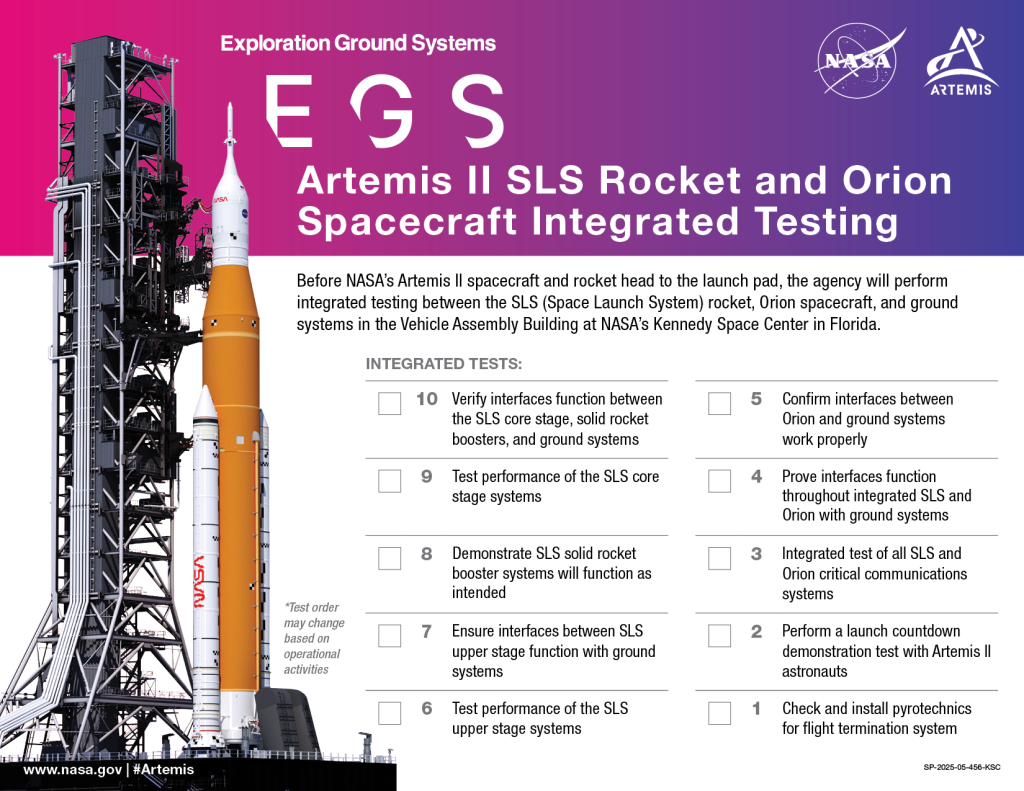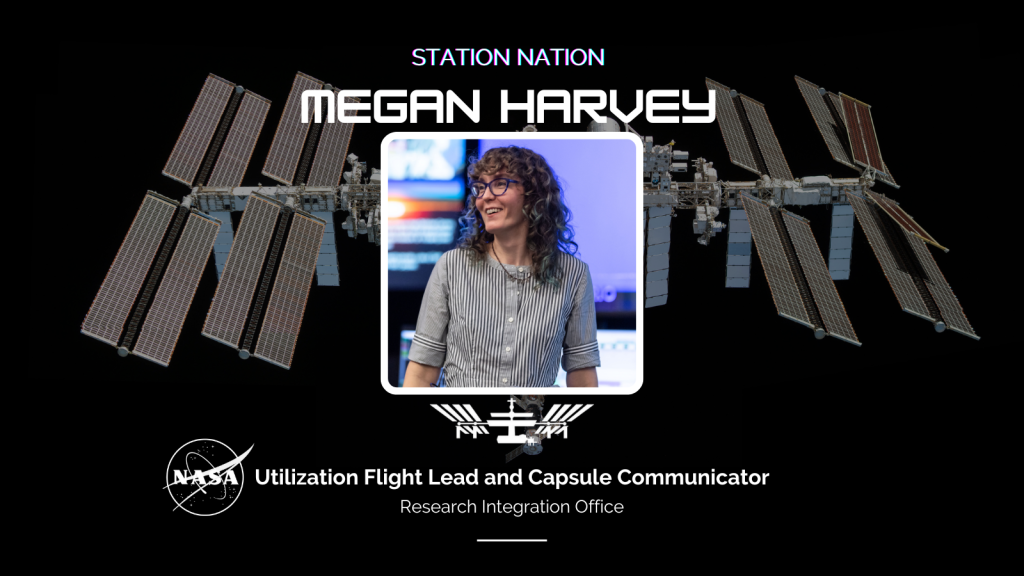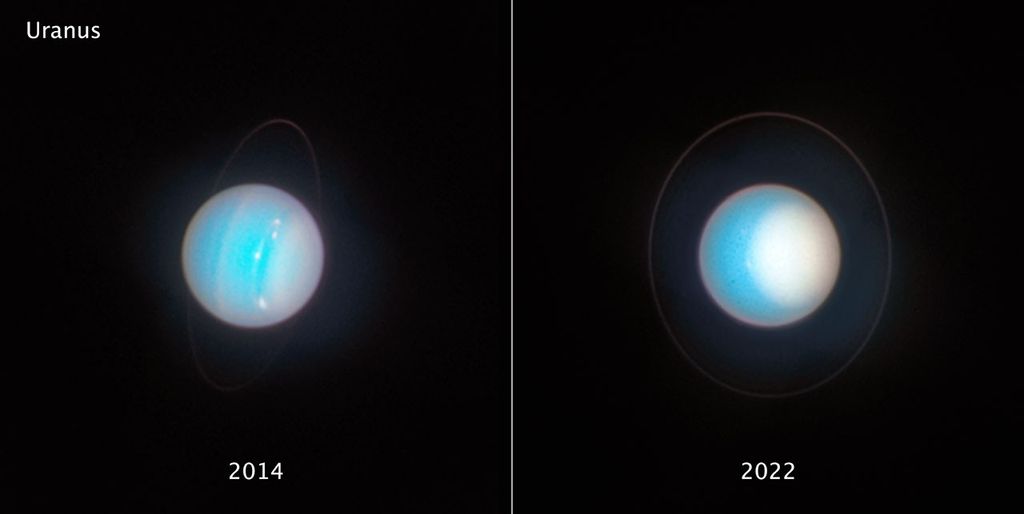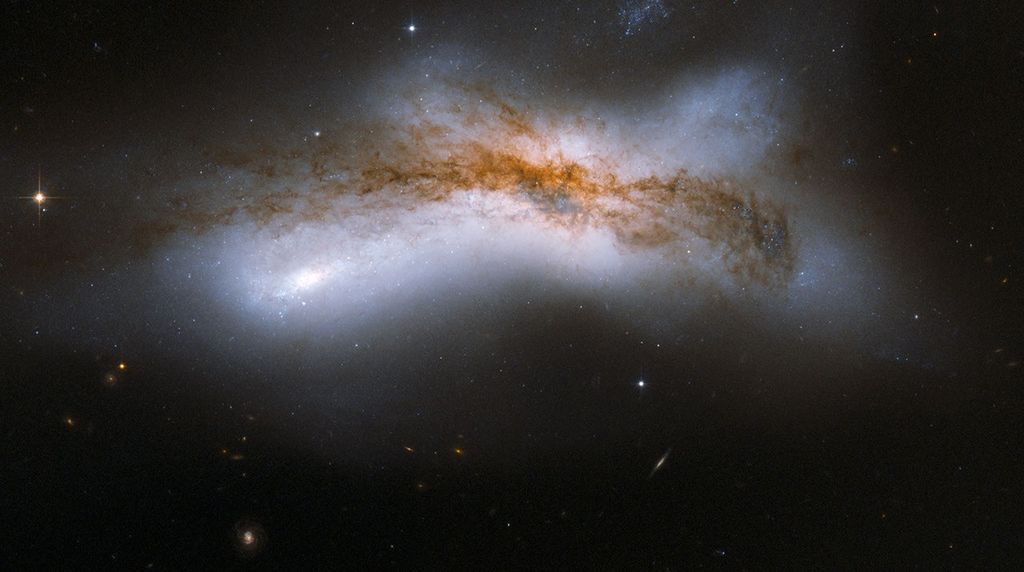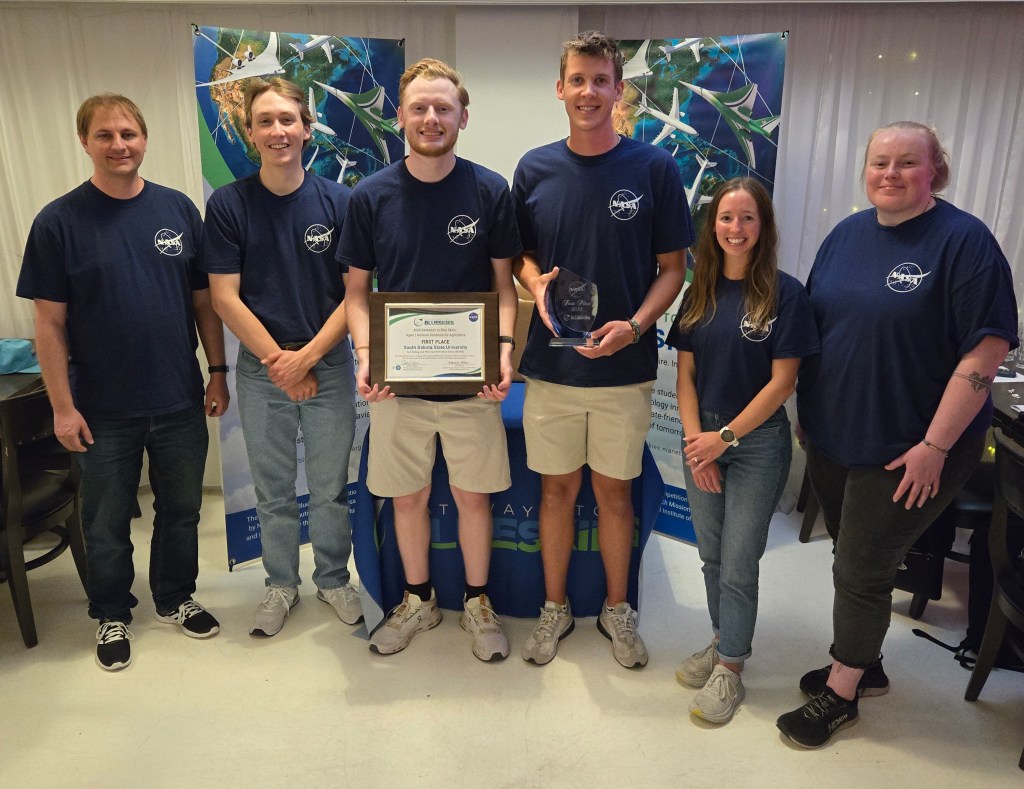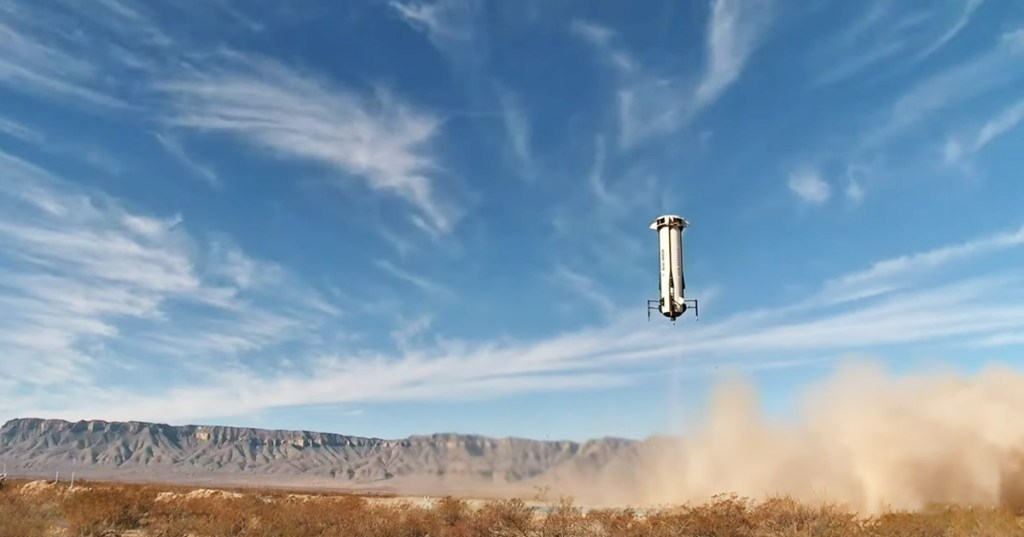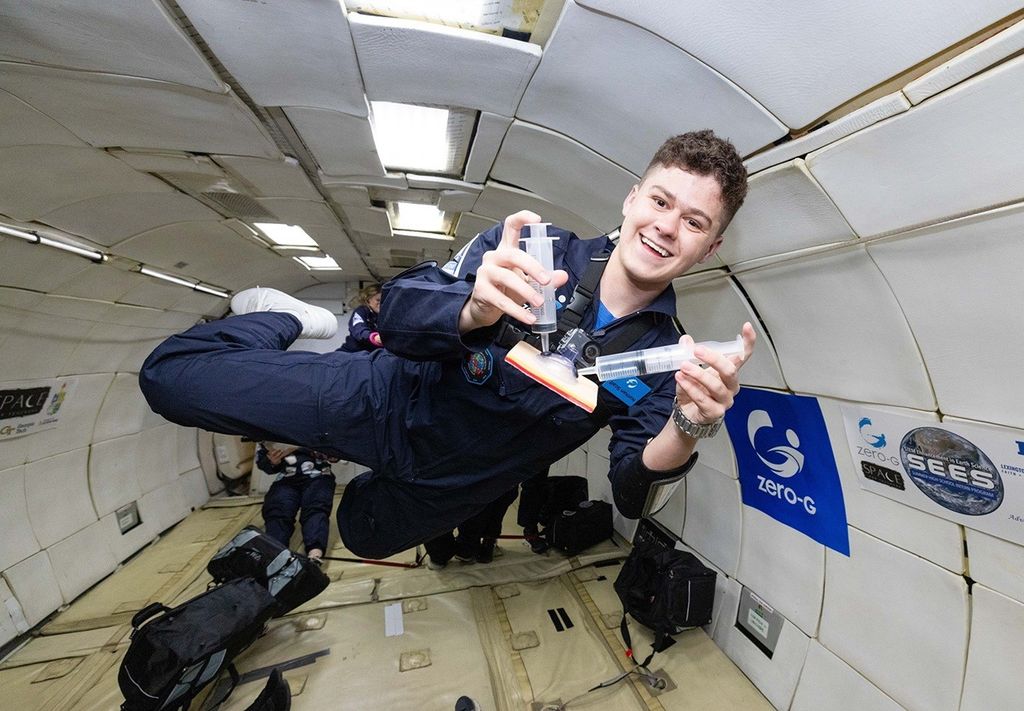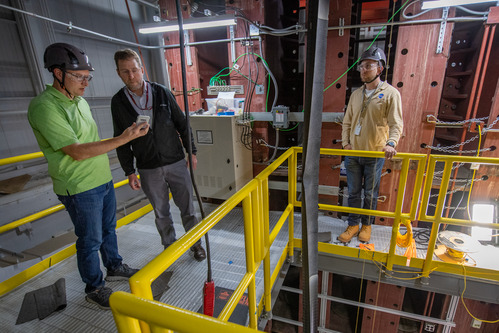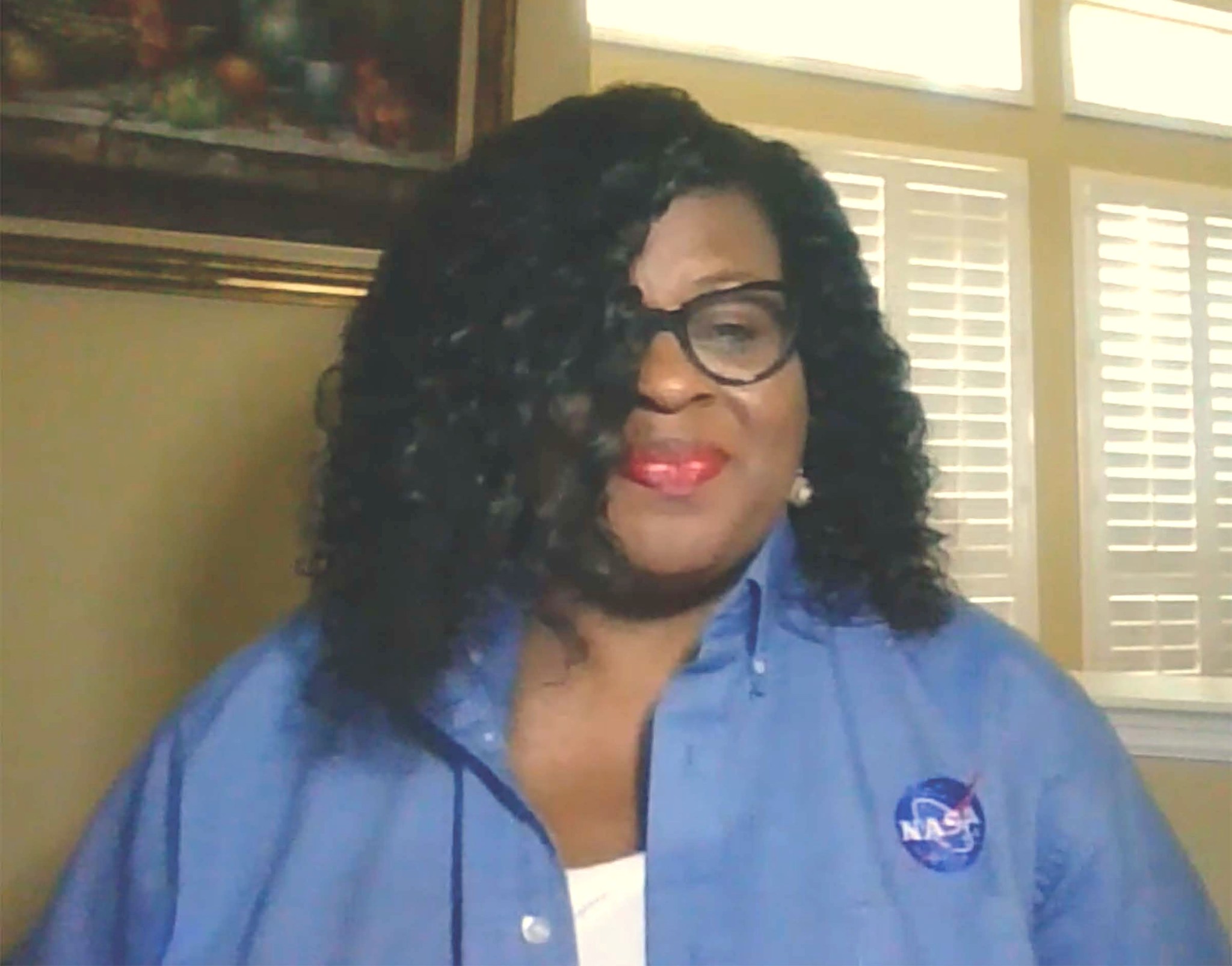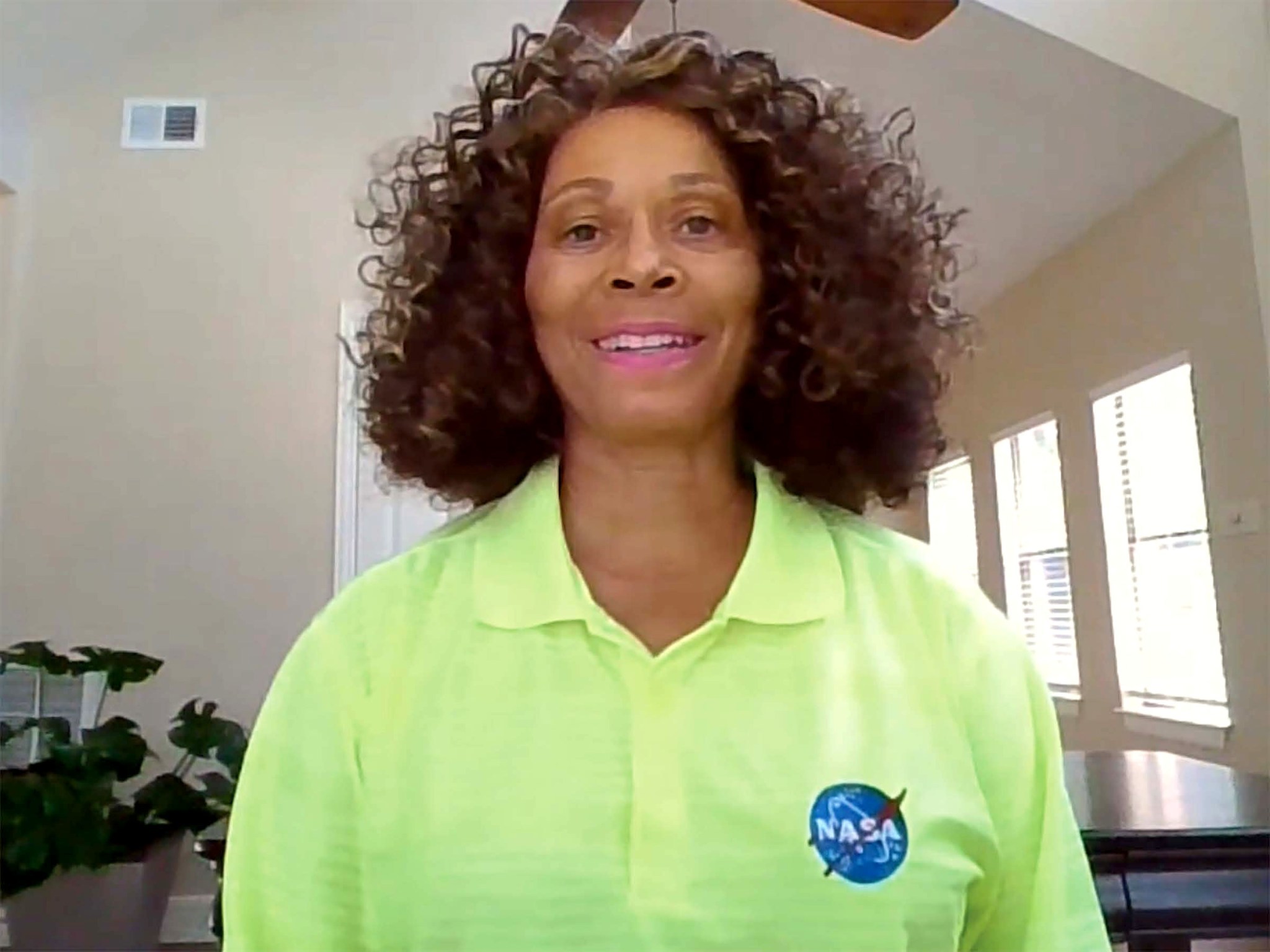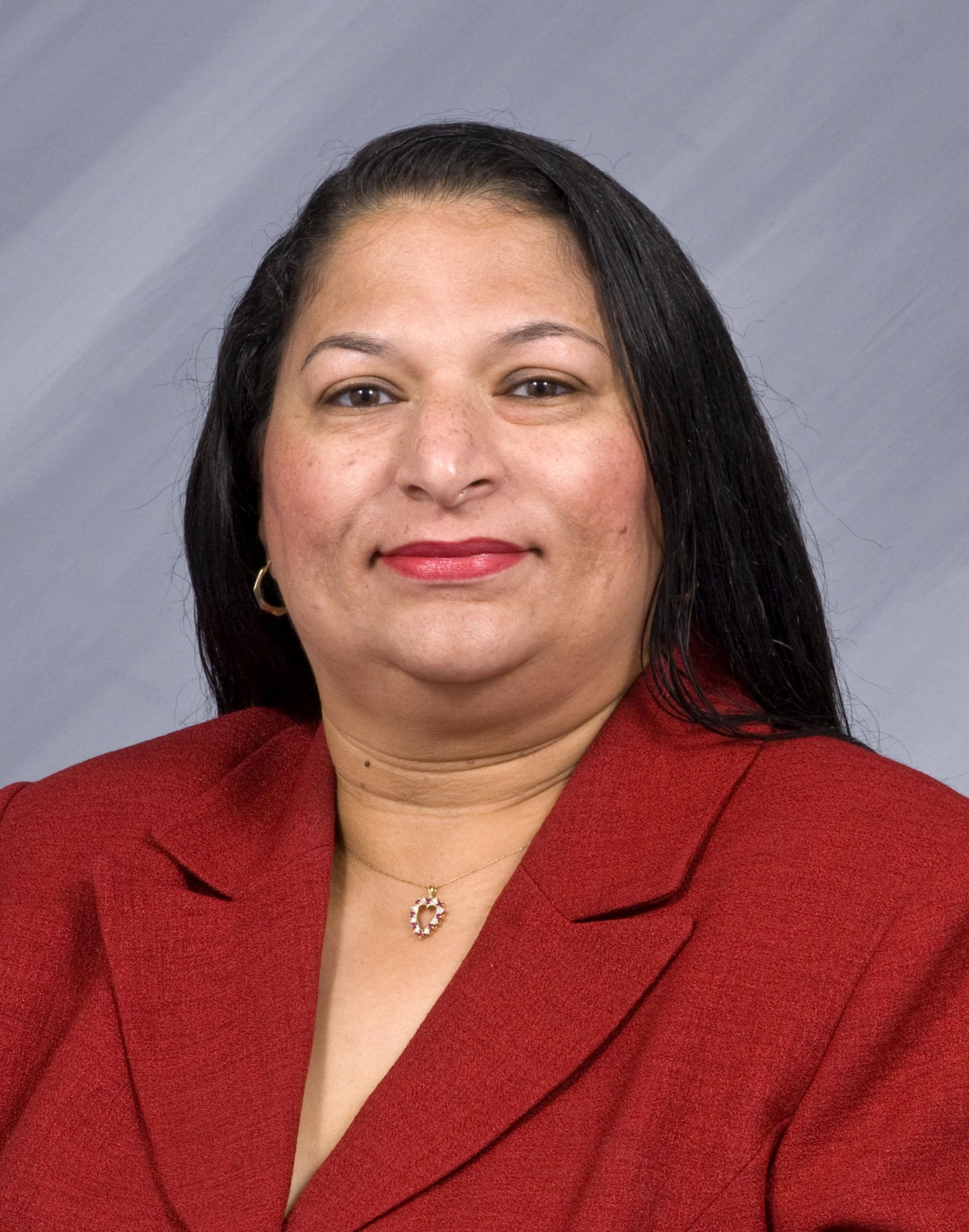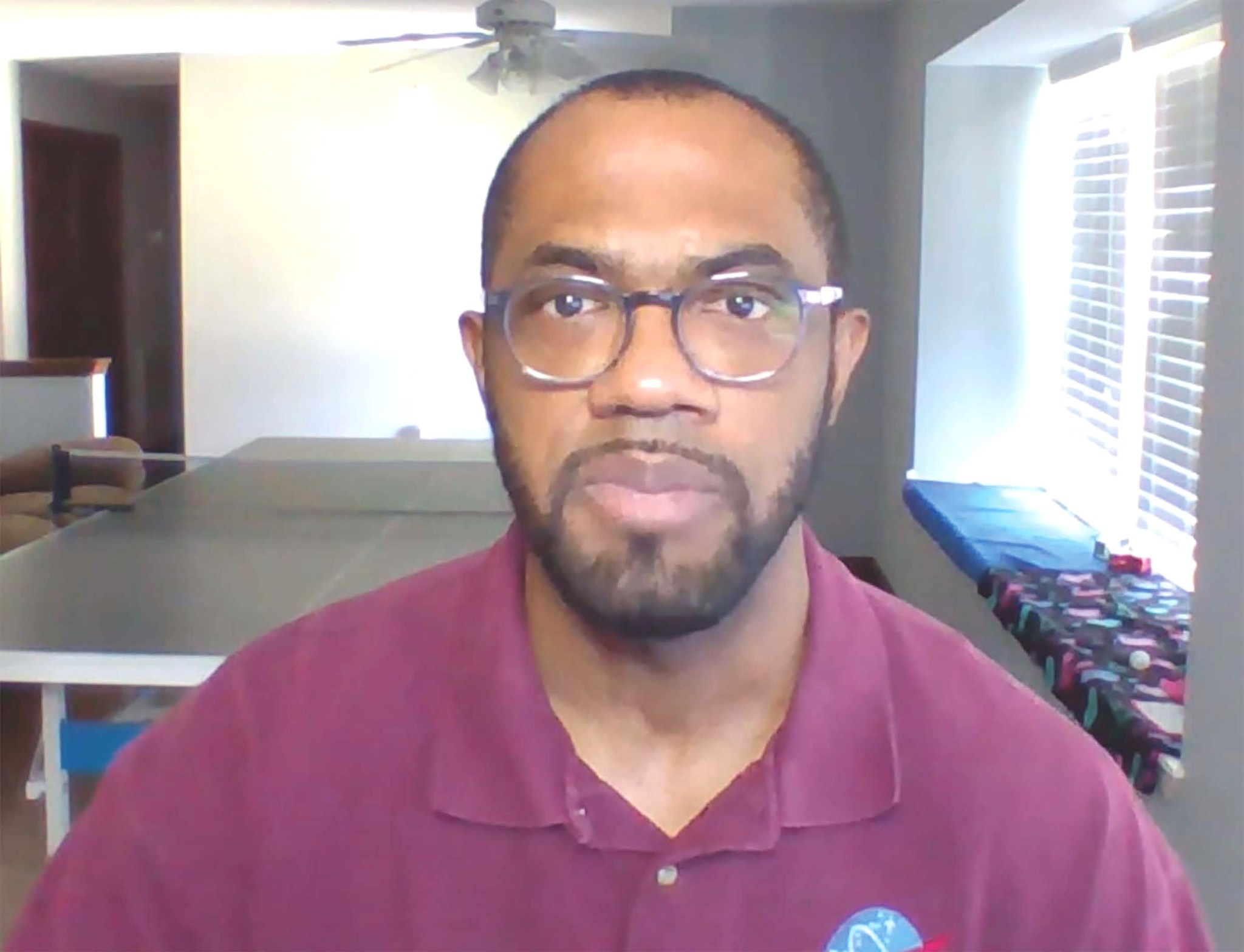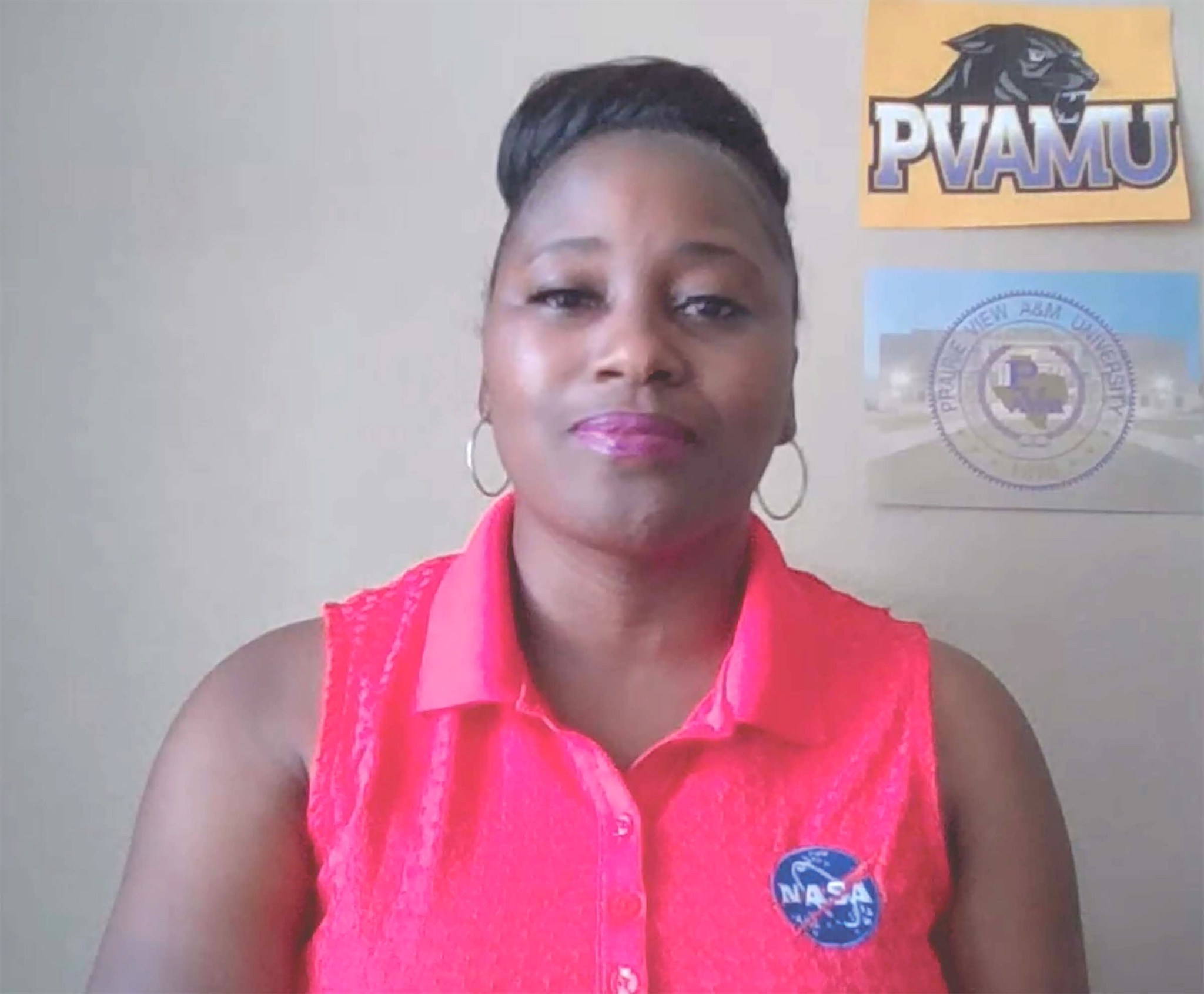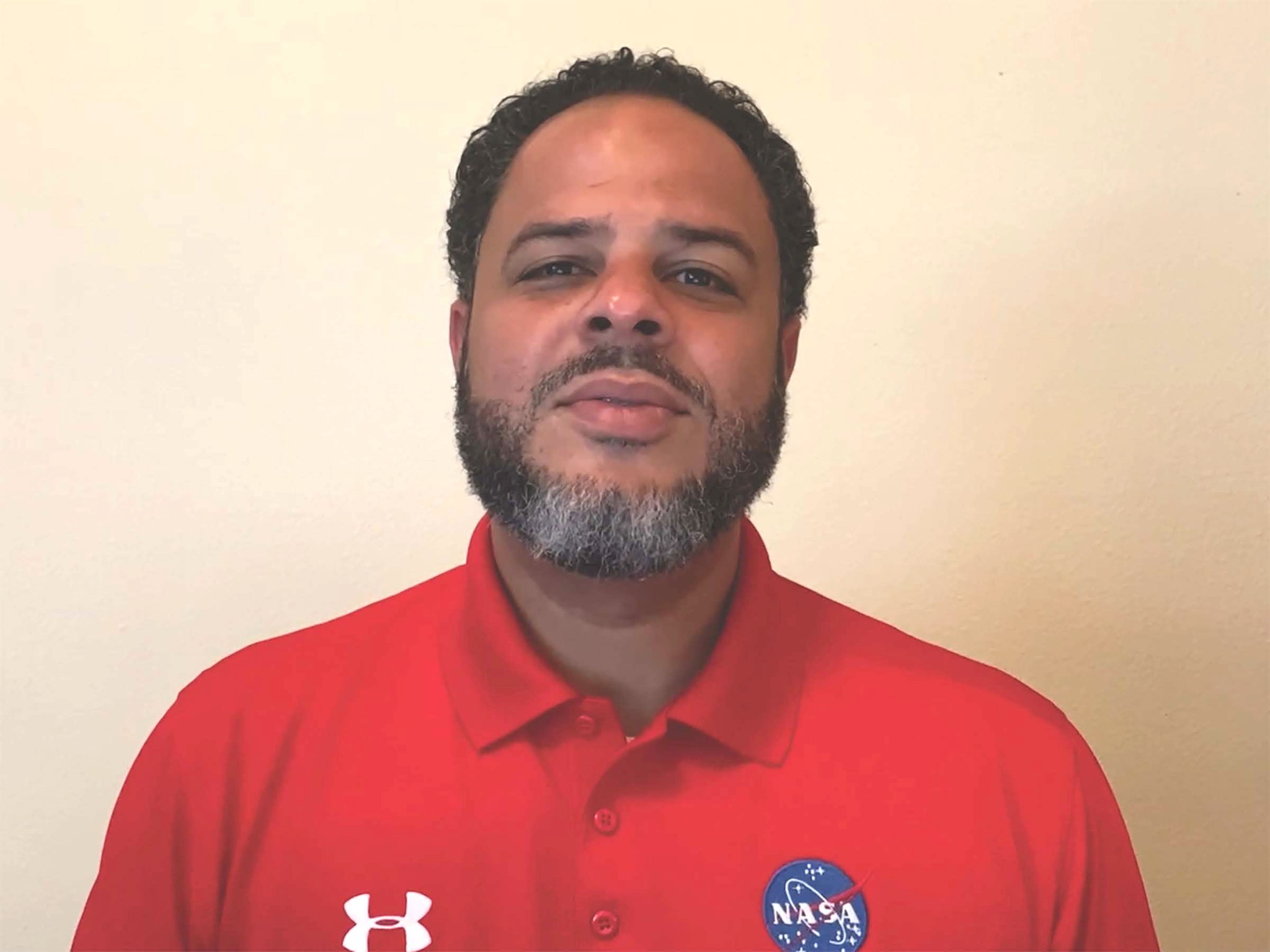Graduates of Historically Black Colleges and Universities (HBCUs) work in a variety of key areas at NASA’s Stennis Space Center, from aerospace engineering to procurement to legal counsel to diversity and equal opportunity to safety and mission assurance.
“NASA Stennis Space Center celebrates the many contributions of its employees who attended Historically Black Colleges and Universities, also known as HBCUs,” said Katrina Emery, a native of Compton, California; resident of Slidell, Louisiana; and director of the NASA Office of Diversity and Equal Opportunity for Stennis and the NASA Shared Services Center. “Together, we support NASA’s mission forward, inspiring the next generation of explorers, scientists, and engineers, forging new paths at NASA.”
Stennis joined the White House Initiative on HBCUs to observe this year’s annual emphasis. During a virtual program Sept. 9, Emery highlighted a few NASA employees who are representative of many other HBCU alumni on site who are “working diligently to support the Artemis mission as we reach for new heights in space exploration.” All credit their school experience to helping them achieve their current career status.
Emery is a HBCU graduate herself, holding an undergraduate degree in accounting and a graduate degree in public administration from Southern University and A&M College in Baton Rouge, Louisiana. “My training in Southern, both in the classroom and campus work-related experiences, prepared me for a career in public service,” she said in a video clip available at https://youtu.be/IoHnynt2z2Y. “Now, … I work every day to champion diversity, equity, inclusion, and accessibility efforts by removing barriers for employees so that they can feel they belong at NASA and are able to contribute fully to our mission.”
Emery insisted it is no wonder that NASA has been ranked as the No. 1 place to work in the federal government for more than eight consecutive years. “At NASA, we make air and space available for everyone,” she said.
Other site employees highlighted during the Stennis program included:
Monica Allison Ceruti of San Antonio, Texas. Ceruti identifies herself as a proud graduate of “The” Grambling State University in Grambling, Louisiana. She now serves as the chief counsel in the NASA Office of the General Counsel at Stennis. “I provide professional, candid, and independent counsel to the center director and staff on a broad range of issues to ensure mission success,” Ceruti said. Video clip available at: https://youtu.be/TkT5bFtqce0.
Dinna LeDuff Cottrell, a native of Baton Rouge and resident of Covington, Louisiana. Cottrell received an electrical engineering degree from Southern University and A&M College in Baton Rouge, Louisiana. She now serves as the Stennis chief information officer. “My education experience assists me in leading expert teams in managing the center’s IT infrastructure, as well as the audio-visual team,” Cottrell said. “In the current virtual environment, Stennis IT was instrumental in capturing and disseminating the video products for the virtual audiences to participate in NASA’s historic Green Run test (of NASA’s Space Launch System core stage earlier this year). We are leading the way in IT in helping to turn dreams into reality.” Video clip available at: https://youtu.be/9RwKC5ymQzo.
Brian Everett of New Orleans. Everett received a degree in aerospace engineering from Tuskegee University in Tuskegee, Alabama. He now works as a software assurance engineer in the Stennis Safety and Mission Assurance Directorate. Everett supports a number of site projects, including some related to NASA’s Artemis program, which will use the Space Launch System rocket to send the first woman and first person of color to the Moon. “Going to school at Tuskegee, I always felt like I was a part of something big and a rich history,” Everett said. “Now, working at NASA, every mission is something big and represents history in the making.” Video clip available at: https://youtu.be/_fU9zdx8ZCE.
Adrianne Ragan of D’Iberville, Mississippi. Ragan received a degree in biology from Prairie View A&M University in Prairie View, Texas. She now works as a NASA contracting officer in the Stennis Office of Procurement. “Although biology is not my career field, obtaining a degree from Prairie View A&M helped fulfill the requirements that were needed for my current job,” Ragan said. “In the Office of Procurement, I help to fuel the dreams of exploration by ensuring items needed are procured with the best interest of the government in mind and in a timely manner to meet testing deadlines and further the Artemis mission. As you know, we buy; rockets fly.” Video clip available at: https://youtu.be/E3ruBE5W4Fc.
Grant Tregre of New Orleans. Tregre received undergraduate degrees in physics and electrical engineering and a graduate degree in systems engineering from Xavier University in New Orleans. He now works as the associate director of the NASA Safety and Mission Assurance Directorate at Stennis, helping to ensure and maintain a safe and healthy work environment for employees. In previous NASA roles, Tregre worked on development of robotic spacecraft, human space systems, ground control systems, and software assurance. “Xavier University helped to prepare me for the aerospace industry by providing me the foundational courses that I needed and the experiences necessary to be a contributor for the NASA mission,” he said. “As I lead in my role at Stennis Space Center, I hope to strive to create an environment that is diverse and equitable for all who work towards the NASA mission.” Video clip available at: https://youtu.be/D5rjYZ1lDc8.
The term “Historically Black Colleges and Universities” was coined in 1965 with passage of the Higher Education Act of 1965. The act officially defined an HBCU as “a school of higher learning that was accredited and established before 1964, and whose principal mission was the education of African Americans.”
A few designated HBCUs date back to pre-Civil War years. However, others were established following the war as blacks were denied entry into existing colleges and universities. The Morrill Land-Grant Act of 1890 opened the door for establishment of educational institutions designed to serve the black community.
Today, there are 107 HBCUs with more than 228,000 students in the nation. The schools are almost evenly split between private (56) and public (51) institutions. As stated, the purpose of HBCU Week is “to encourage high-school aged youth to enroll into HBCUs, provide scholarship dollars for matriculation, and sustain a pipeline for employment from undergraduate school to corporate America.”
To view the compilation video of HBCU graduates at Stennis, visit:
For information about Stennis Space Center, visit:
C. Lacy Thompson
Stennis Space Center, Bay St. Louis, Miss.
228-363-5499
calvin.l.thompson@nasa.gov





